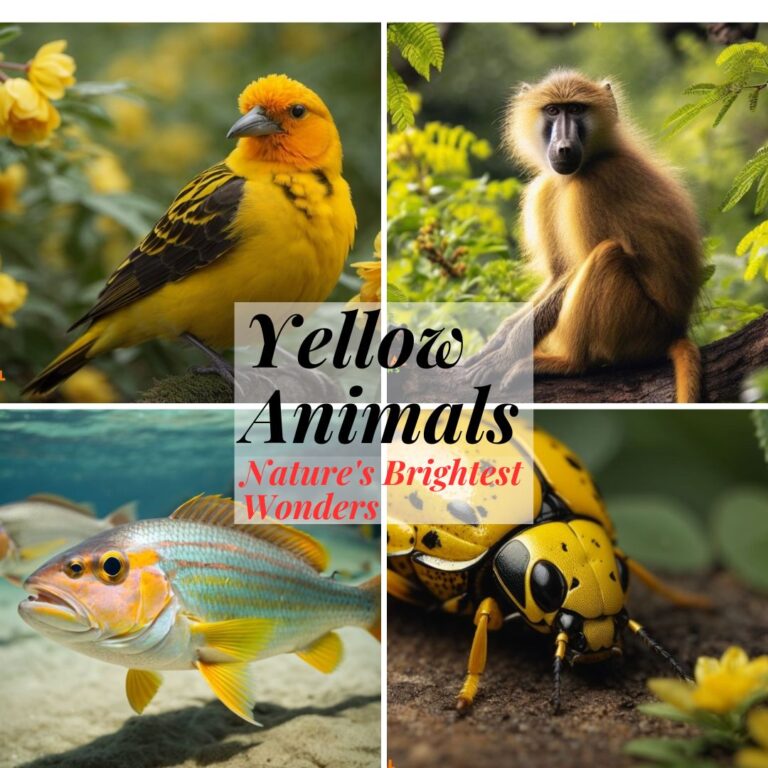25 Animals With Long Noses: Nature’s Wonderful Things
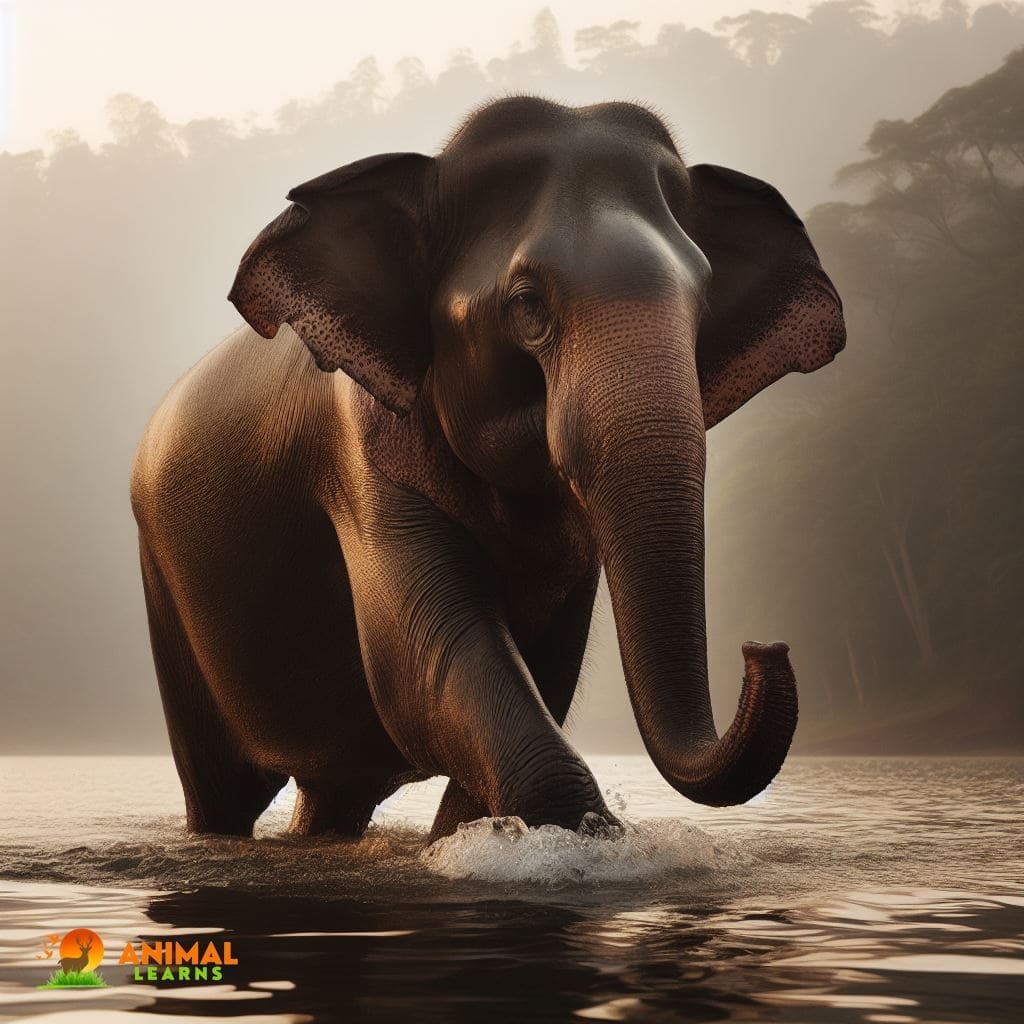
Animals with long noses are very interesting. You might think that having a big nose is weird, but for some animals, it is a very useful tool. They have adapted to their environments and needs with their big noses. They use their big noses to find food, attract mates, and do many other things. Most animals have a nose with two holes, but some have evolved to have longer and bigger noses for different reasons.
There are animals with big eyes, animal with small eyes, animals with big ears, and even animals with big noses. These big noses are not just for show; they are very important for their lives. In this article, we will look at seven animals with the biggest noses and discover how they evolved and why they are so amazing.
Animals With Long Noses
Contents
- 1 Animals With Long Noses
- 2 Elephant
- 3 Anteater
- 4 Proboscis monkey
- 5 Tapir
- 6 Aardvark
- 7 Bactrian camel
- 8 Narwhal
- 9 Saiga antelope
- 10 Echidna
- 11 Elephant seal
- 12 Coati
- 13 Long-nosed bandicoot
- 14 Aye-aye
- 15 Asian elephant
- 16 Babirusa
- 17 Musk deer
- 18 Platypus
- 19 Spoon-billed Sandpiper
- 20 Long-nosed potoroo
- 21 Marsupial mole
- 22 Southern elephant seal
- 23 Long-nosed squirrel
- 24 Pallas’s Long-Tongued Bat
- 25 Long-Beaked Common Dolphin
- 26 Chacoan
- 27 The Fascination of Animal Noses
- 28 FAQs
Animals with long noses and snouts exhibit a remarkable diversity of forms and functions across different species. From the African elephant with its lengthy trunk, which it uses for tasks ranging from drinking to precise manipulation of objects to the Australian echidna’s slender snout, designed for probing ant nests and termite mounds, nature has equipped these creatures with specialized tools for survival.
In contrast, small animals with long noses, such as the proboscis monkey, employ their elongated snouts for social signaling and attracting mates in the dense jungle canopies. These varying adaptations showcase how evolution has shaped animals to thrive in their respective environments.
Here is the list of long noses animal:
1 Elephant
2 Anteater
3 Proboscis monkey
4 Tapir
5 Aardvark
6 Bactrian camel
7 Narwhal
8 Saiga antelope
9 Echidna
10 Elephant seal
11 Coati
12 Long-nosed bandicoot
13 Aye-aye
14 Asian elephant
15 Babirusa
16 Musk deer
17 Platypus
18 Spoon-billed Sandpiper
19 Long-nosed potoroo
20 Marsupial mole
21 Southern elephant seal
22 Long-nosed squirrel
23 Pallas’s long-tongued bat
24 Long-beaked common dolphin
25 Chacoan peccary
Let’s browse through 25 animals with big noses below and learn a little bit about each one!
Elephant

| Attribute | Information |
| Name | Elephant |
| Scientific Name | Loxodonta africana (African Elephant) |
| Size | Up to 13 feet (shoulder height) |
| Weight | Up to 14,000 pounds (African Bush Elephant) |
| Nose Specification | Long trunk with versatile prehensile ability |
The elephant, with its iconic long trunk, is one of the most recognizable animals on Earth. This remarkable appendage is not only used for breathing and smelling but also plays a crucial role in gathering food, drinking water, and even social interactions.
The elephant’s trunk acts as a multi-purpose tool, allowing it to reach high branches, dig for water in dry riverbeds, and even greet other elephants with gentle touching gestures. It is truly a marvel of nature and a unique adaptation that sets elephants apart from other creatures.
Anteater

| Attribute | Information |
| Name | Anteater |
| Scientific Name | Myrmecophaga tridactyla (Giant Anteater) |
| Size | Up to 7 feet (including tail) |
| Weight | 60 to 100 pounds |
| Nose Specification | Long snout designed for eating ants and termites |
The anteater, despite its small size, possesses an elongated snout that is perfectly adapted for its diet of ants and termites. With its long, sticky tongue, the anteater can probe deep into ant colonies and termite mounds, extracting its prey with incredible precision.
This specialized snout also serves as a sensory organ, equipped with a keen sense of smell that helps the anteater locate its favorite invertebrates. Whether in the treetops or on the forest floor, this long-nosed animal is a master of its ecological niche.
Proboscis monkey

| Attribute | Information |
| Name | Proboscis Monkey |
| Scientific Name | Nasalis larvatus |
| Size | 21 to 24 inches (body) |
| Weight | 15 to 24 pounds |
| Nose Specification | Prominent, long, and fleshy nose |
The proboscis monkey, native to the rainforests of Borneo, possesses a uniquely large and elongated nose. This distinctive feature is more pronounced in males than females and serves multiple purposes. Not only does the proboscis monkey’s nose amplify sound, allowing it to communicate through loud honks and calls, but it also earns the animal its name from the Latin word for “proboscis” meaning a trunk or snout.
The size and shape of the nose are considered attractive traits in mates, with larger-nosed males having better mating success.
Tapir
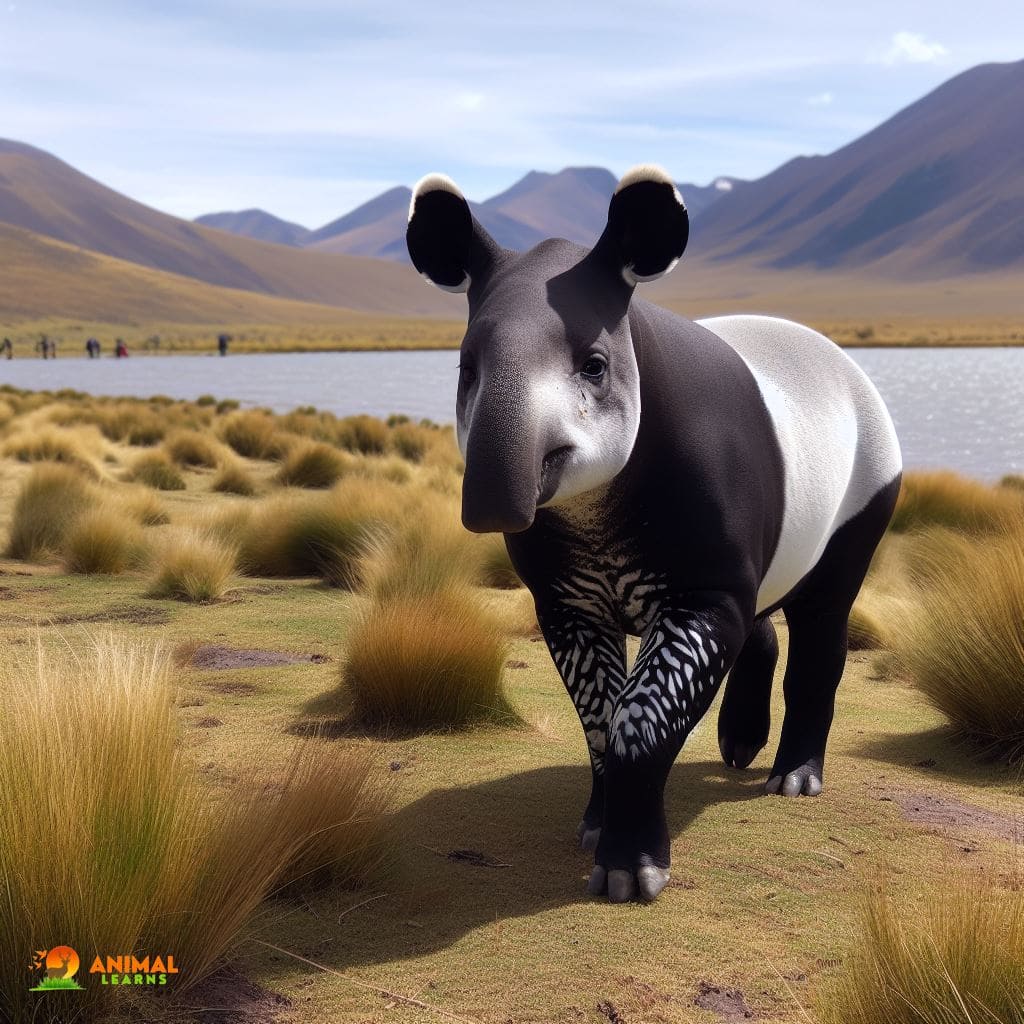
| Attribute | Information |
| Name | Tapir |
| Scientific Name | Tapirus |
| Size | Varies by species |
| Weight | Varies by species |
| Nose Specification | Trunk-like snout for feeding |
The tapir, often referred to as a “living fossil,” is renowned for its long and flexible snout. This elongated nose allows the tapir to snatch leaves, fruits, and shoots from trees and shrubs, providing it with a diverse diet.
Additionally, the tapir’s nose acts as a snorkel when it submerges itself in water, allowing it to breathe while remaining mostly submerged. It also aids in navigation, as tapirs use their highly developed sense of smell to find their way through dense forests and detect predators.
Aardvark
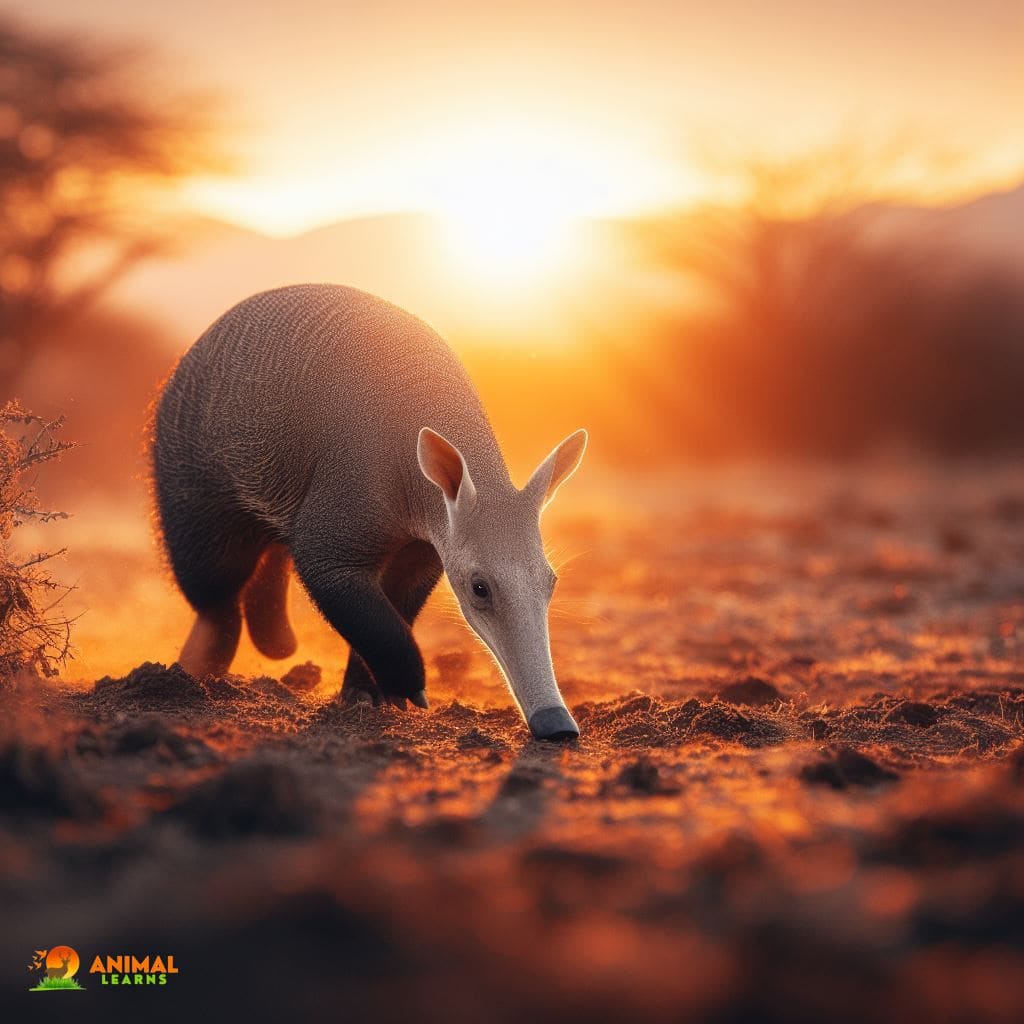
| Attribute | Value |
| Name | Aardvark |
| Scientific Name | Orycteropus afer |
| Size | Approximately 1 to 1.3 meters (3.3 to 4.3 feet) in length |
| Weight | Around 40 to 65 kilograms (88 to 143 pounds) |
| Nose Specification | A long, tubular snout used for sniffing out insects |
The aardvark, found primarily in Africa, possesses a tubular-shaped snout that is perfectly adapted for its unique feeding habits. Animals with long noses, like the aardvark, have evolved to excel in their specific environments. The aardvark’s long nose is filled with sensory whiskers that, combined with a keen sense of smell, help it find ants and termites in the dark.
With its long, sticky tongue, the aardvark can slurp up thousands of these insects in a single night, making it an efficient termite-munching machine. This unusual nose is not only crucial for sustenance but also serves as a communication tool, emitting snorts and hisses during encounters with other aardvarks.
Bactrian camel

| Attribute | Value |
| Name | Bactrian Camel |
| Scientific Name | Camelus bactrianus |
| Size | Height at the shoulder: 1.8 to 2.3 meters (5.9 to 7.5 feet) |
| Weight | Between 450 to 1,000 kilograms (990 to 2,200 pounds) |
| Nose Specification | A broad, slightly concave snout adapted for desert survival |
The Bactrian camel, known for its ability to endure extreme desert conditions, boasts a long and slender nose that aids its survival. This elongated snout helps the camel regulate its body temperature by warming up or cooling down the air it breathes before it reaches the lungs.
In the harsh, cold winters of Central Asia, the Bactrian camel’s long nose also acts as a type of scarf, protecting its sensitive nostrils from freezing temperatures and preventing the inhalation of icy air.
Narwhal
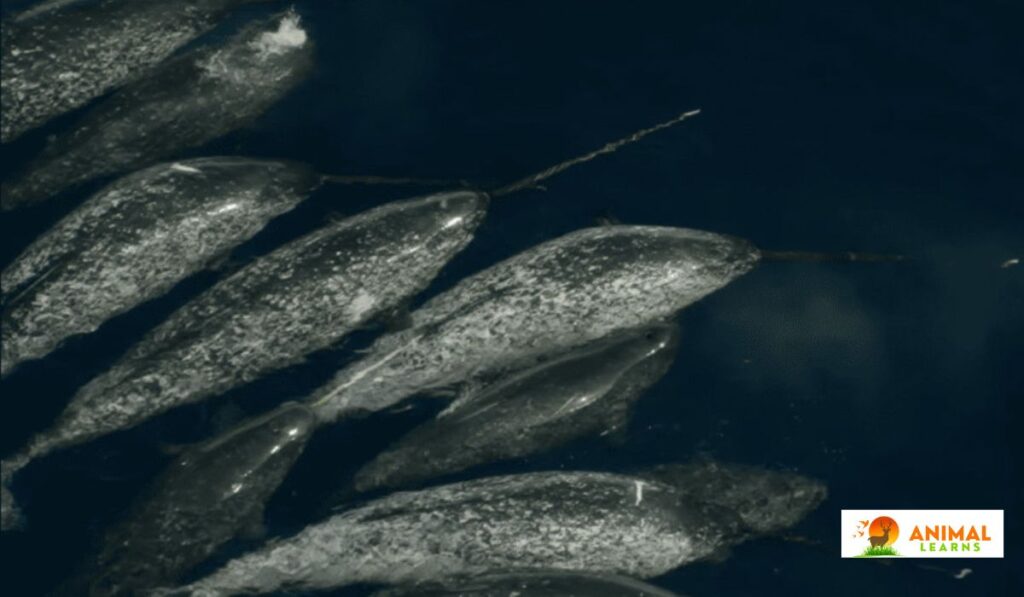
| Attribute | Value |
| Name | Narwhal |
| Scientific Name | Monodon monoceros |
| Size | Length: Up to 4.1 meters (13.5 feet) |
| Weight | Between 800 to 1,600 kilograms (1,760 to 3,530 pounds) |
| Nose Specification | Prominent long, spiral tusk (tooth) in males |
The narwhal, often referred to as the “unicorn of the sea,” possesses a long, spiraled tusk protruding from its upper jaw. This tusk, which is actually an elongated canine tooth, can reach up to 10 feet in length. The purpose of this remarkable adaptation is still debated, but it is believed to play a role in mating rituals, social communication, and perhaps even assisting with navigation or breaking through ice.
The narwhal’s tusk makes it one of the most intriguing creatures of the Arctic, captivating the imagination of scientists and wildlife enthusiasts alike.
Saiga antelope
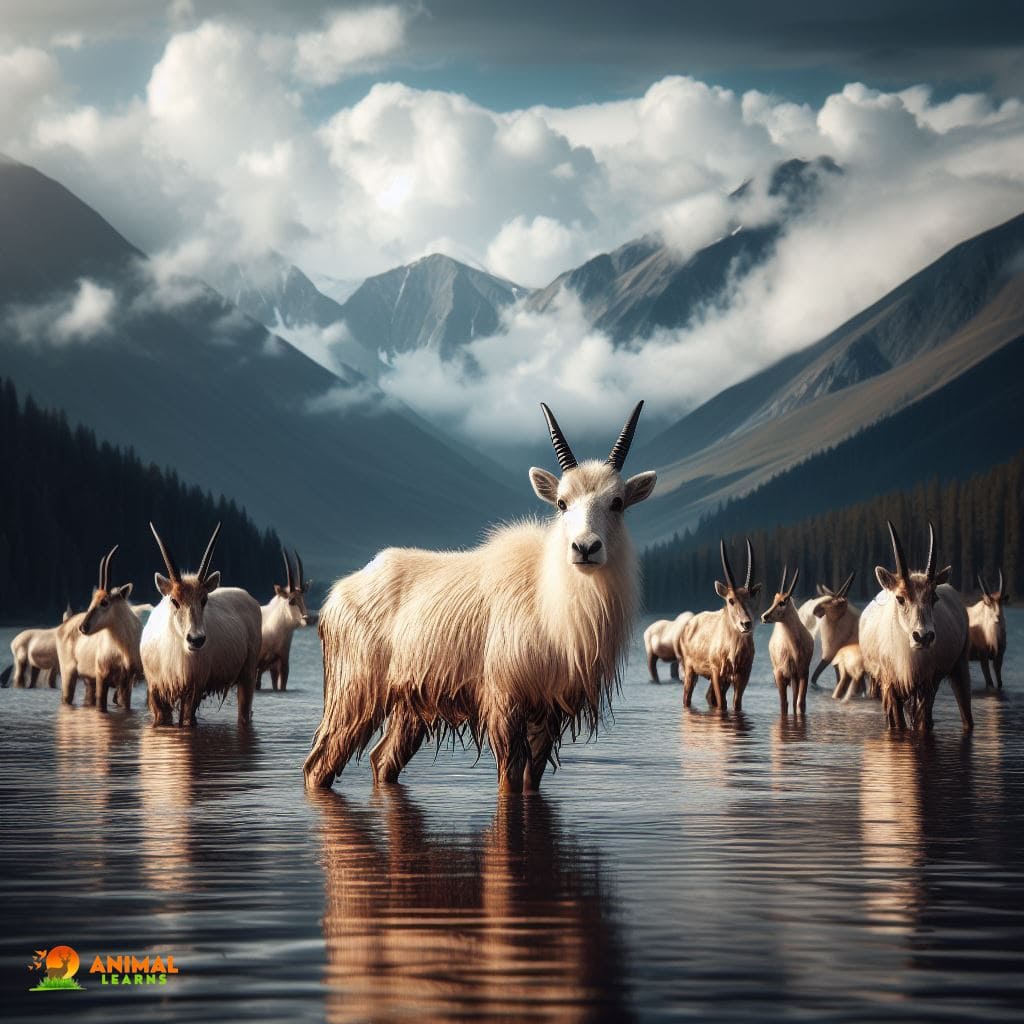
| Attribute | Value |
| Name | Saiga Antelope |
| Scientific Name | Saiga tatarica |
| Size | Length: Up to 1.2 meters (3.9 feet) |
| Weight | Around 26 to 50 kilograms (57 to 110 pounds) |
| Nose Specification | Distinctively long, flexible, and tubular nose |
Animals with long noses, like the saiga antelope, native to the grasslands of Central Asia, is instantly recognizable for their remarkably long and slender nose. This unique feature helps the saiga filter and warm the air during the harsh winters, as well as cool it down during the scorching summers.
Sadly, the saiga antelope population has drastically declined due to poaching and habitat loss, making conservation efforts crucial to protect this fascinating long-nosed mammal.
Echidna
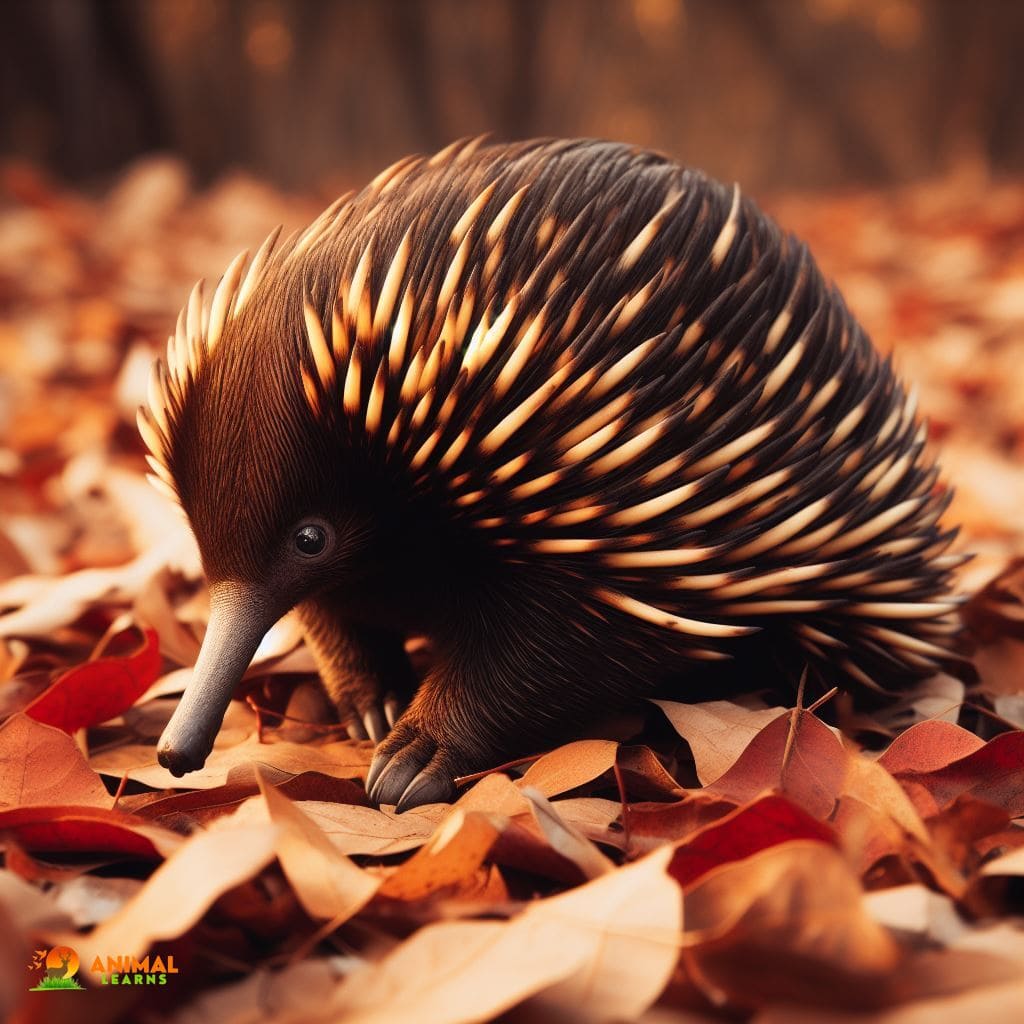
| Attribute | Value |
| Name | Echidna |
| Scientific Name | Tachyglossidae |
| Size | Length: 30 to 45 centimeters (12 to 18 inches) |
| Weight | Weighs between 2 to 5 kilograms (4.4 to 11 pounds) |
| Nose Specification | Small, pointed snout adapted for probing for insects |
The echidna, also known as a spiny anteater, is a curious creature found in Australia and New Guinea. While it may not appear to have a distinct long nose at first glance, it possesses an elongated snout that serves multiple purposes.
Not only does the echidna use its nose to forage for food like ants and termites, but it also employs it for sensing electrical currents emitted by their prey. This extraordinary adaptation highlights the remarkable sensory capabilities of this fascinating monotreme.
Elephant seal

| Attribute | Value |
| Name | Elephant Seal |
| Scientific Name | Mirounga |
| Size | Length: Up to 4 meters (13 feet) for females, up to 6 meters (20 feet) for males |
| Weight | Females: 400 to 900 kilograms (880 to 1,980 pounds), Males: 2,000 to 4,000 kilograms (4,410 to 8,820 pounds) |
| Nose Specification | Distinctively trunk-like nose in males, used for vocalizations and displays |
Animals with long noses, like the elephant seal, with its massive size and protruding trunk-like nose, dominate the beaches of the subantarctic and temperate regions worldwide. Males possess an elongated nose called a proboscis, which they use to produce distinctive roaring sounds during territorial disputes.
This unique feature also contributes to their incredible sense of smell, enabling them to locate potential mates over vast distances. Despite their imposing appearance, elephant seals have a gentle demeanor, making them a favorite among nature enthusiasts.
Coati
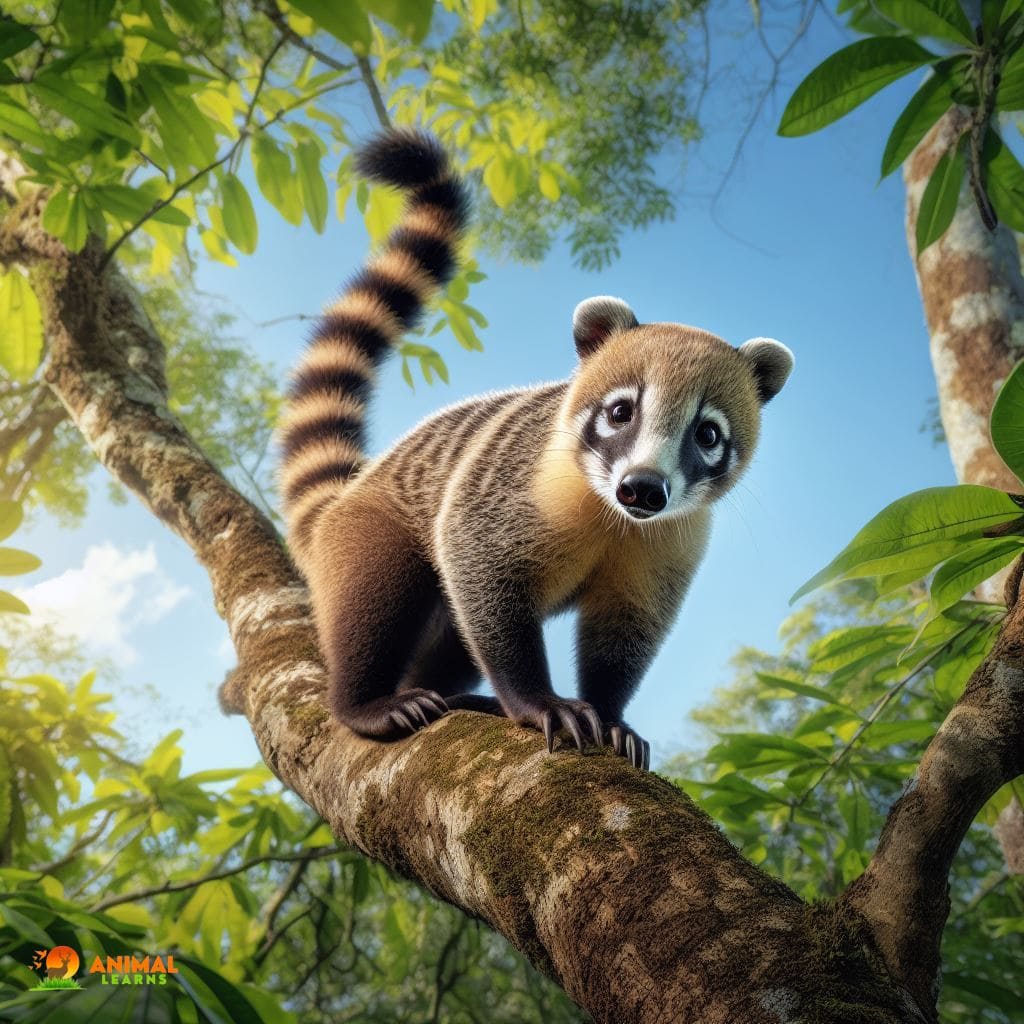
| Attribute | Information |
| Name | Coati |
| Scientific Name | Nasua |
| Size | Approximately 33 to 69 cm |
| Weight | Around 2 to 7 kg |
| Nose Specification | Long and pointed |
Animals with long noses, like the Coatis, belonging to the raccoon family, are native to the Americas, particularly Central and South America. These charismatic mammals are known for their long and flexible snouts, which they actively use to search for food such as insects, small mammals, and fruits.
The coati’s elongated nose allows them to reach into crevices and dig up prey from the ground, showcasing their remarkable adaptability in foraging techniques.
Long-nosed bandicoot
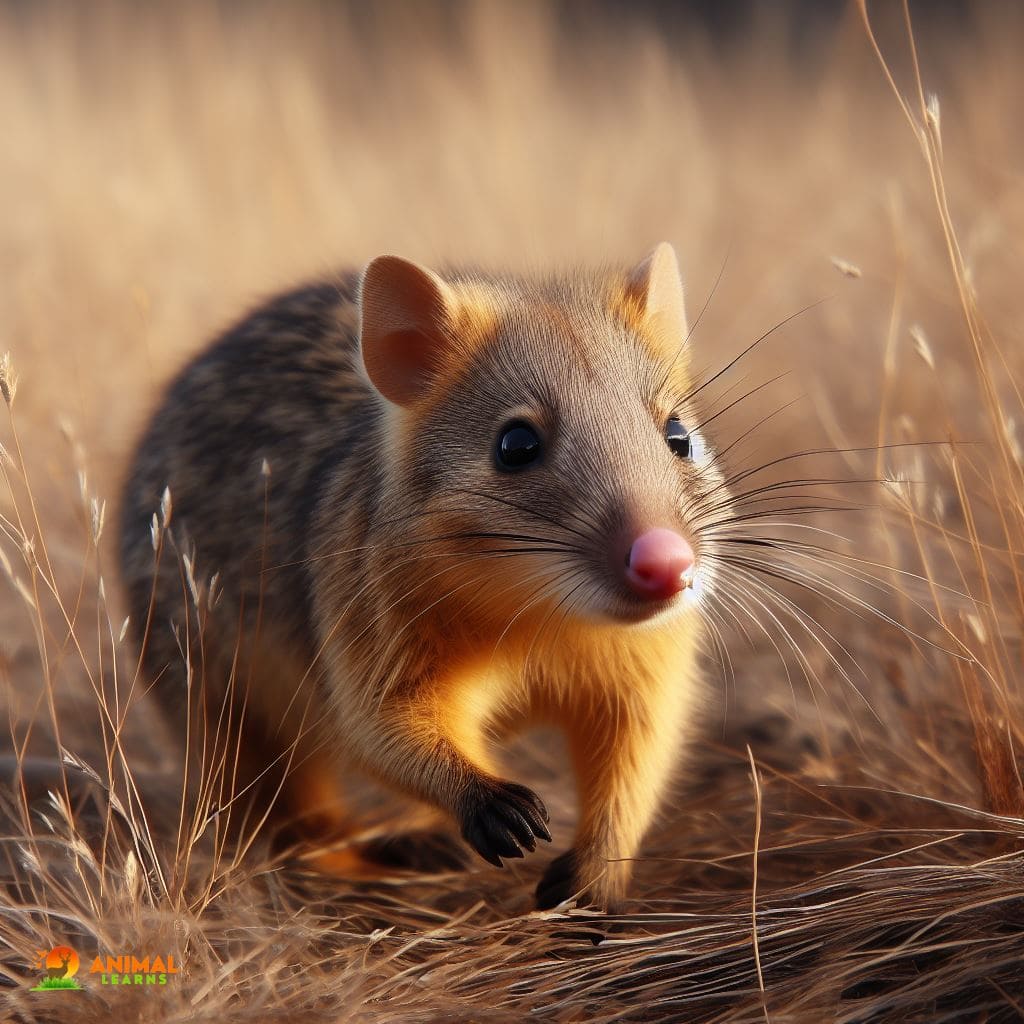
| Attribute | Information |
| Name | Long-nosed Bandicoot |
| Scientific Name | Perameles nasuta |
| Size | Typically 30 to 45 cm |
| Weight | About 0.5 to 1.2 kg |
| Nose Specification | Elongated and slender |
The long-nosed bandicoot, as the name suggests, possesses a distinctive elongated snout that aids in its search for underground food sources. Found in Australia, this small marsupial uses its nose to root through leaf litter and soil in search of insects, larvae, seeds, and fungi.
This well-developed sense of smell allows the long-nosed bandicoot to thrive in diverse habitats ranging from forests to grasslands, highlighting its resilience in adapting to changing environments.
Aye-aye
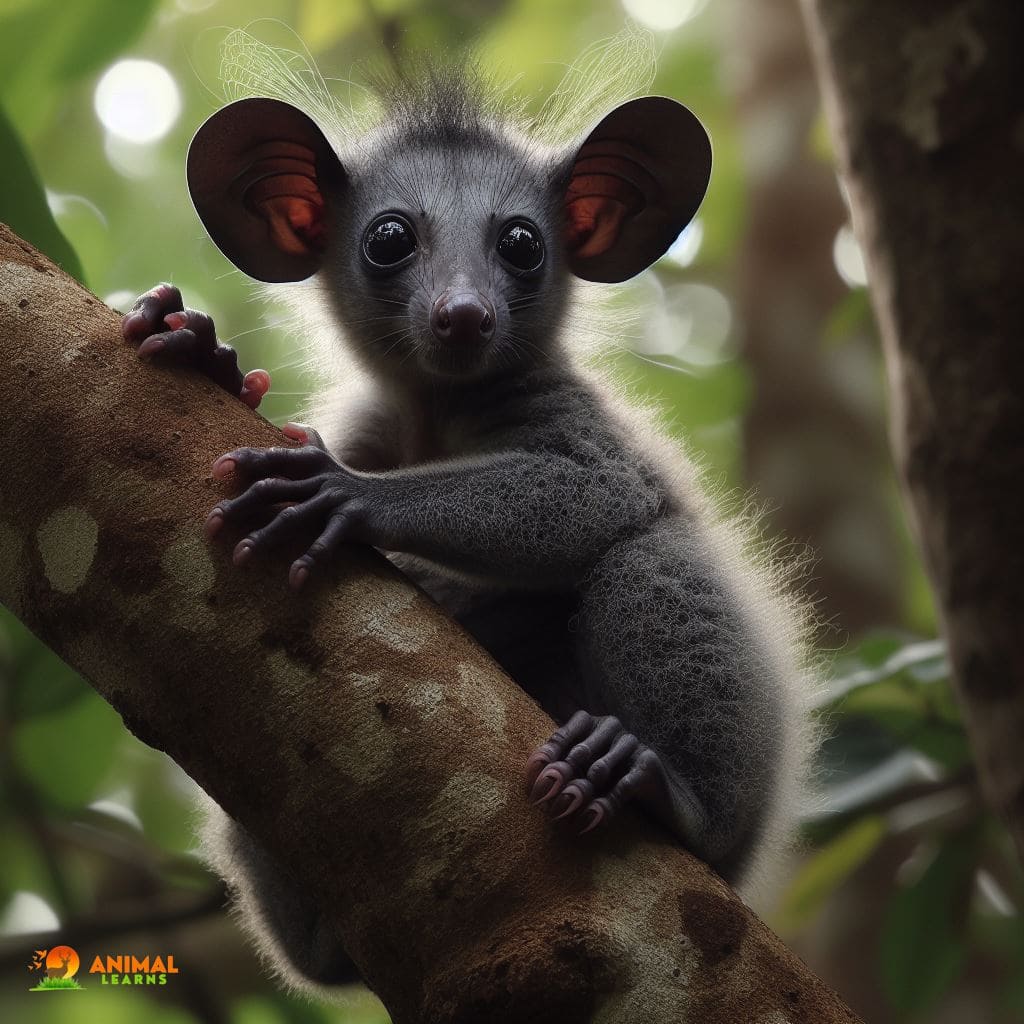
| Attribute | Information |
| Name | Aye-aye |
| Scientific Name | Daubentonia madagascariensis |
| Size | Approximately 34 to 48 cm |
| Weight | Around 1 to 2 kg |
| Nose Specification | Long and slender with a bony middle finger used for tapping on trees |
Animals with long noses, like the aye-aye, a nocturnal lemur native to Madagascar, boast one of the most extraordinary long noses in the animal kingdom. Its skeletal middle finger is elongated, enabling it to tap on tree trunks with incredible precision to detect hidden insects.
The aye-aye’s extended and slender nose works in coordination with its unique finger, making it exceptionally effective at extracting grubs from tree bark. This adaptation exhibits the remarkable creativity and specialization found in nature.
Asian elephant

| Name | Asian Elephant |
| Scientific Name | Elephas maximus |
| Size | Varied, up to 3 meters tall |
| Weight | Around 4,500 to 6,800 kg |
| Nose Specification | Long, muscular trunk used for various tasks, including eating and drinking |
Animals with long noses, like the Asian elephant, is a majestic and iconic animal that possesses impressive trunk, also known as a long nose. This elongated appendage is an incredibly versatile tool, serving multiple functions such as smelling, breathing, touching, and grasping objects including food and water.
Thanks to their trunk, Asian elephants can bring food to their mouths, spray themselves with water to cool down, communicate through various trunk gestures, and even mimic human actions like painting. This intricate feature exemplifies the intelligence and adaptability of these gentle giants.
Babirusa

| Attribute | Information |
| Name | Babirusa |
| Scientific Name | Babyrousa |
| Size | Typically 65 to 80 cm |
| Weight | Around 40 to 100 kg |
| Nose Specification | Prominent, curving tusks that extend upwards from the snout |
Animals with long noses, like the babirusa, is a unique and fascinating animal with a long nose. Found in Indonesia, particularly on the islands of Sulawesi, Togian, Sula, and Buru, the babirusa is known for its impressive canine tusks that can grow up to 17 inches long. These tusks actually curve backward and upwards on the male babirusa, giving it a distinctive appearance.
The long nose of the babirusa also plays a significant role in its ability to forage for food, as it helps the animal root through the ground in search of tubers and other vegetation.
Musk deer
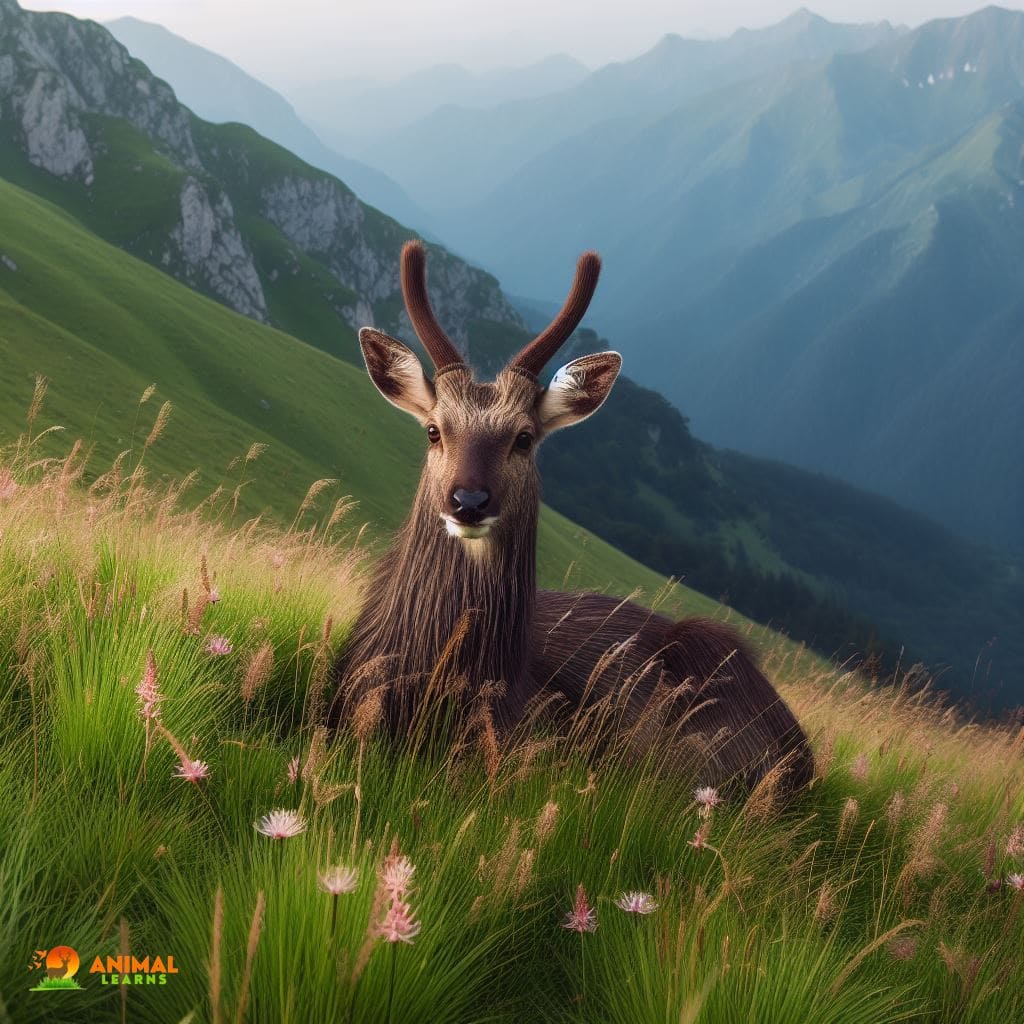
| Attribute | Information |
| Name | Musk Deer |
| Scientific Name | Moschus |
| Size | Varies by species |
| Weight | Typically 7 to 17 kg |
| Nose Specification | Small, unremarkable nose |
The musk deer, found in various parts of Asia, including the Himalayas and Siberia, is another creature with a long nose. Interestingly, only the male musk deer possesses elongated canines, often referred to as “fangs.” These impressive fangs, which can reach up to 3 inches in length, are used by the males during territorial battles and mating rituals.
The long nose of the musk deer also serves as a highly sensitive snout, aiding in detecting predators and locating food sources in its forest habitat.
Platypus

| Attribute | Information |
| Name | Platypus |
| Scientific Name | Ornithorhynchus anatinus |
| Size | Approximately 30 to 45 cm |
| Weight | Around 0.7 to 2.4 kg |
| Nose Specification | Bill with electroreceptors used to detect prey underwater |
Have you ever seen a Platypus? It’s an amazing animal that has a long, thin nose like a duck. But this nose is not just for show. It has special sensors that can feel the tiny electric waves that its food makes when it moves in the water. This helps the Platypus find and catch its prey, even in the dark.
The Platypus’s long nose is one of nature’s clever tricks, helping this half-water, half-land animal survive in its special home. And that’s not all. The Platypus has many other cool features that make it one of the most curious and wonderful animals on Earth.
Spoon-billed Sandpiper

| Attribute | Information |
| Name | Spoon-billed Sandpiper |
| Scientific Name | Calidris pygmaea |
| Size | About 13 to 15 cm |
| Weight | Around 25 to 30 grams |
| Nose Specification | Unique spatula-shaped bill, which is broad at the tip |
Animals with long noses, like the spoon-billed sandpiper, is a small wading bird characterized by its long, thin beak that resembles a spoon. This endangered species is primarily found in northeastern Russia during the breeding season and migrates to Southeast Asia for the winter.
The long and spatulate beak of the spoon-billed sandpiper is specially adapted for its feeding behavior, enabling it to probe deep into the mud or sand in search of small invertebrates, such as worms and insects.
Long-nosed potoroo
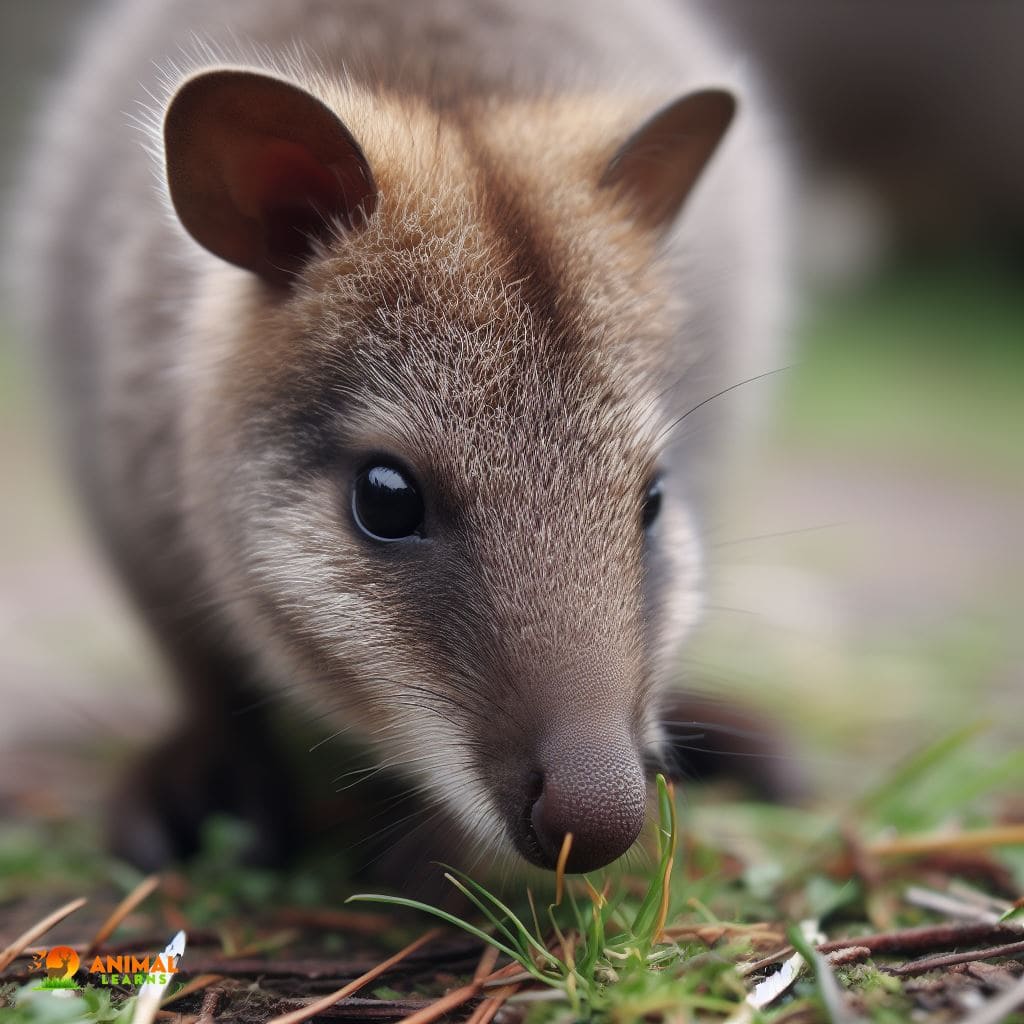
| Attribute | Information |
| Name | Long-nosed Potoroo |
| Scientific Name | Potorous tridactylus |
| Size | Typically 30 to 40 cm |
| Weight | About 1 to 2 kg |
| Nose Specification | Elongated nose with a keen sense of smell |
Native to Australia, the long-nosed potoroo is a marsupial with an elongated snout. This small, nocturnal creature uses its long nose to efficiently forage for food, including underground fungi, tubers, and small invertebrates. The sensitive snout of the long-nosed potoroo allows it to detect the slightest movements and scents, making it a skilled hunter in the dense undergrowth of its forest habitat.
Marsupial mole
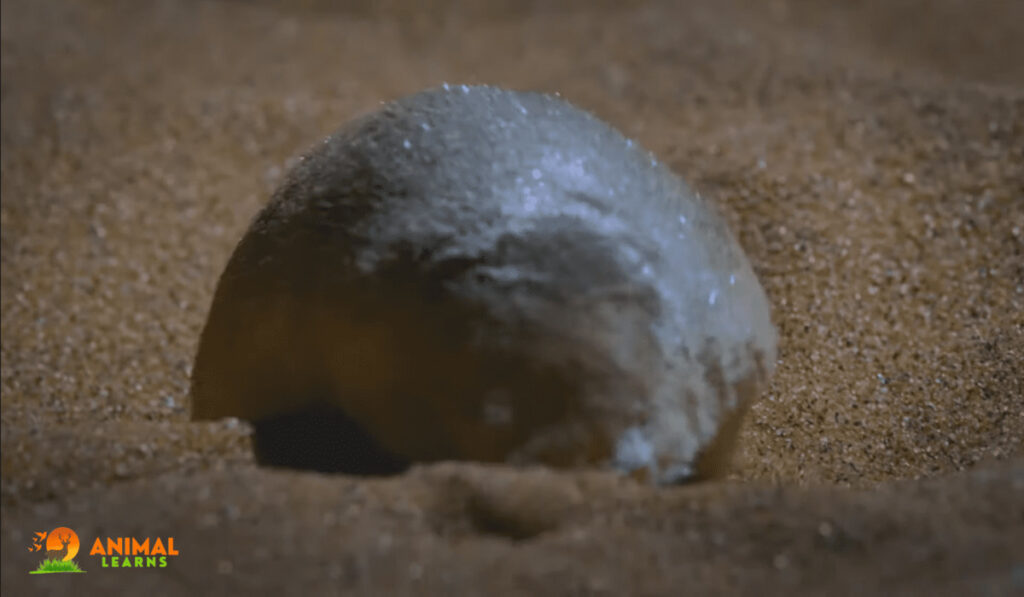
| Attribute | Information |
| Name | Marsupial Mole |
| Scientific Name | Notoryctes |
| Size | Approximately 10 to 12 cm |
| Weight | Around 40 to 60 grams |
| Nose Specification | Small and adapted for burrowing underground |
Animals with long noses, like the marsupial mole, found in arid regions of Australia, is an extraordinary underground dweller renowned for their long, cylindrical snout. This unique adaptation enables the marsupial mole to efficiently tunnel through the soil in search of its favored prey, such as ants and larvae.
The long nose of the marsupial mole is covered in sensory receptors that help it navigate its subterranean habitat and locate its food source underground.
Southern elephant seal

| Attribute | Information |
| Name | Southern Elephant Seal |
| Scientific Name | Mirounga leonina |
| Size | Males: Up to 20 feet (6 meters); Females: Up to 10 feet (3 meters) |
| Weight | Males: 4,000 – 8,000 pounds (1,800 – 3,600 kg); Females: 1,000 – 2,000 pounds (450 – 900 kg) |
| Nose Specification | Males have a large, trunk-like nose called a proboscis. |
As the largest seal species, the southern elephant seal possesses a distinctively long nose, called a proboscis, which is primarily found in adult males. This impressive snout can grow up to 2 feet in length and is thought to play a role in vocalizations and dominance displays among males during the breeding season.
The long nose of the southern elephant seal also holds sensory abilities, aiding in detecting prey and potential threats in the vast oceanic environment it inhabits.
Long-nosed squirrel

| Attribute | Information |
| Name | Long-nosed Squirrel |
| Scientific Name | Dremomys |
| Size | Varies by species, generally small |
| Weight | Varies by species, generally lightweight |
| Nose Specification | Typically has a long, slender nose adapted for foraging and exploring. |
Animals with long noses, like the long-nosed squirrel stand out in the world of squirrels due to their elongated snout. Found in the rainforests of Southeast Asia, this unique rodent uses its long nose to explore crevices, extract seeds, and gather food that other squirrels might find unreachable.
With its keen sense of smell and dexterous paws, the long-nosed squirrel is adapted to foraging for its diet of fruits, nuts, and insects. Its distinctive feature not only adds to its charm but also serves as an essential tool in its quest for survival.
Pallas’s Long-Tongued Bat

| Attribute | Information |
| Name | Pallas’s Long-tongued Bat |
| Scientific Name | Glossophaga soricina |
| Size | Approximately 6 – 7 cm (2.4 – 2.8 inches) in length |
| Weight | Around 7 – 11 grams |
| Nose Specification | Notable for its long tongue adapted for nectar feeding. |
This is a fascinating creature with an extraordinary adaptation – a long tongue. Native to Central and South America, this incredible mammal uses its specialized tongue to reach deep into flowers and extract nectar, making it an important pollinator for various plant species. With a tongue that can be up to three times the length of its body, Pallas’s long-tongued bat has mastered the art of feeding on nectar-rich flowers.
This unique adaptation showcases the incredible diversity of nature’s solutions for survival and underscores the vital role bats play in maintaining the health of ecosystems.
Long-Beaked Common Dolphin

| Attribute | Information |
| Name | Long-beaked Common Dolphin |
| Scientific Name | Delphinus capensis |
| Size | Length: Approximately 6.6 – 9.2 feet (2 – 2.8 meters) |
| Weight | Weight: Approximately 300 – 500 pounds (136 – 227 kg) |
| Nose Specification | Characterized by a long beak or snout. |
The long-beaked common dolphin, as its name suggests, boasts an elongated snout that sets it apart from its dolphin relatives. This highly sociable marine mammal can be found in warm and tropical waters across the globe, where it traverses the seas in large, lively groups. The long beak of this dolphin allows it to swiftly navigate through its environment, catch fast-swimming prey, and communicate with other members of its pod.
Whether it’s engaging in acrobatic displays or gracefully gliding through the waves, the long-beaked common dolphin captivates with its unique physical features and vibrant presence in the marine world.
Chacoan
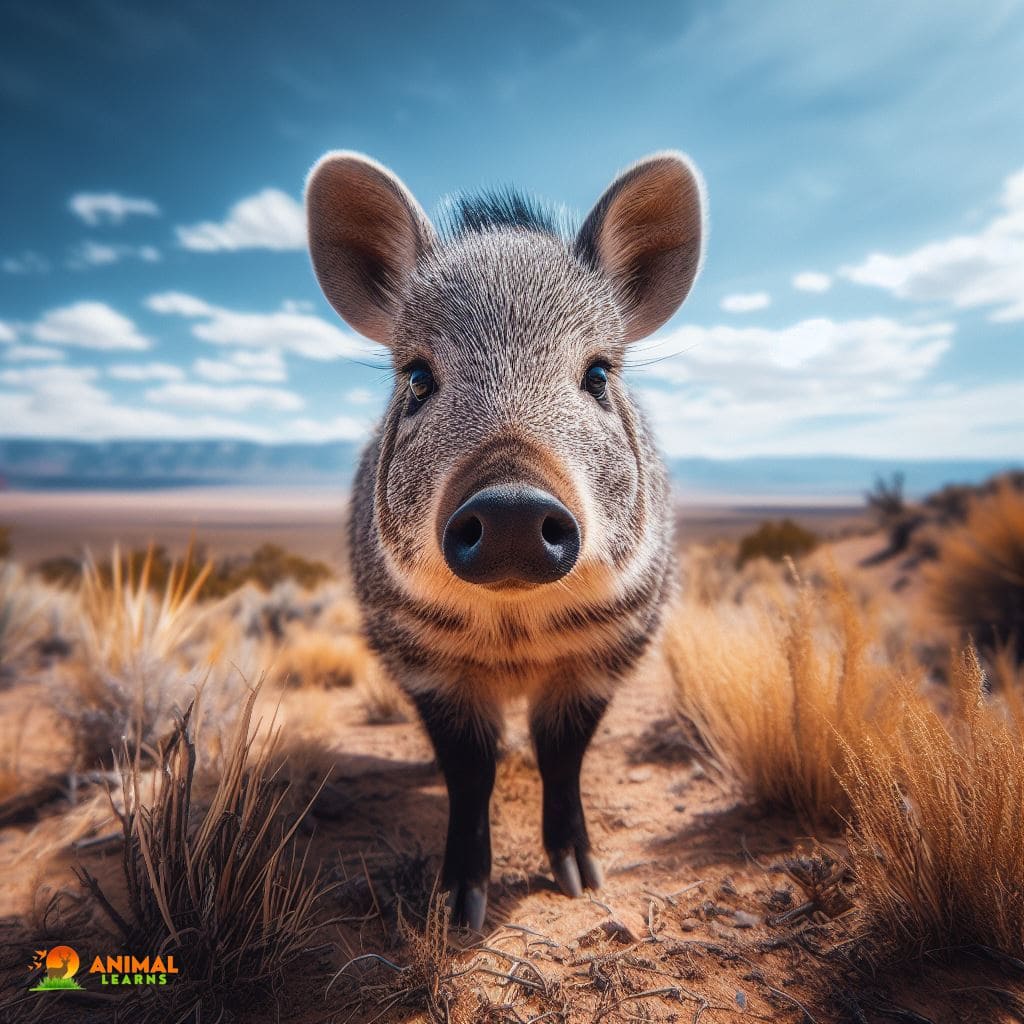
| Attribute | Information |
| Name | Chacoan Peccary |
| Scientific Name | Catagonus wagneri |
| Size | Length: Approximately 3 – 4.5 feet (0.9 – 1.4 meters) |
| Weight | Weight: Typically 44 – 66 pounds (20 – 30 kg) |
| Nose Specification | Has a well-developed snout adapted for rooting and foraging. |
Animals with long noses, like the Chacoan peccary, a resilient mammal native to the arid regions of South America, catch attention with its impressively long snout. This endangered species serves as a reminder of the importance of biodiversity conservation. The Chacoan peccary’s elongated nose helps it search for roots, seeds, and fruits in the dry and inhospitable environment it inhabits.
This adaptation enables it to survive in regions where food sources can be scarce. With habitat loss posing a significant threat to its existence, efforts to protect and preserve the Chacoan peccary become crucial for the future of this unique long-snouted animal.
The Fascination of Animal Noses
A World of Wonders Animals with long noses and snouts are a testament to the astounding diversity of life on our planet. In the lush rainforests, you might encounter species like the spiky pink river dolphin or the ugly yet intriguing anteater with a pig-like nose, each adapted to their unique niches.
Meanwhile, beneath the waves, sea animals with long noses like the swordfish demonstrate how these appendages help them navigate and capture prey in the ocean depths. Whether it’s in the jungle, on the land, or in the deep blue sea, animals with long noses and snouts continue to captivate us with their extraordinary adaptations and behaviors.
FAQs
What animal has a long nose?
An elephant has a long nose.
What mammals have long noses?
Some mammals with long noses include elephants, aardvarks, and tapirs.
What small animal has a long pointed nose?
A shrew has a small animal with a long pointed nose.
What is the largest land animal with a long nose?
The African elephant is the largest land animal with a long nose (trunk).
Which animal has a long nose and large body?
The elephant has a long nose and a large body.










